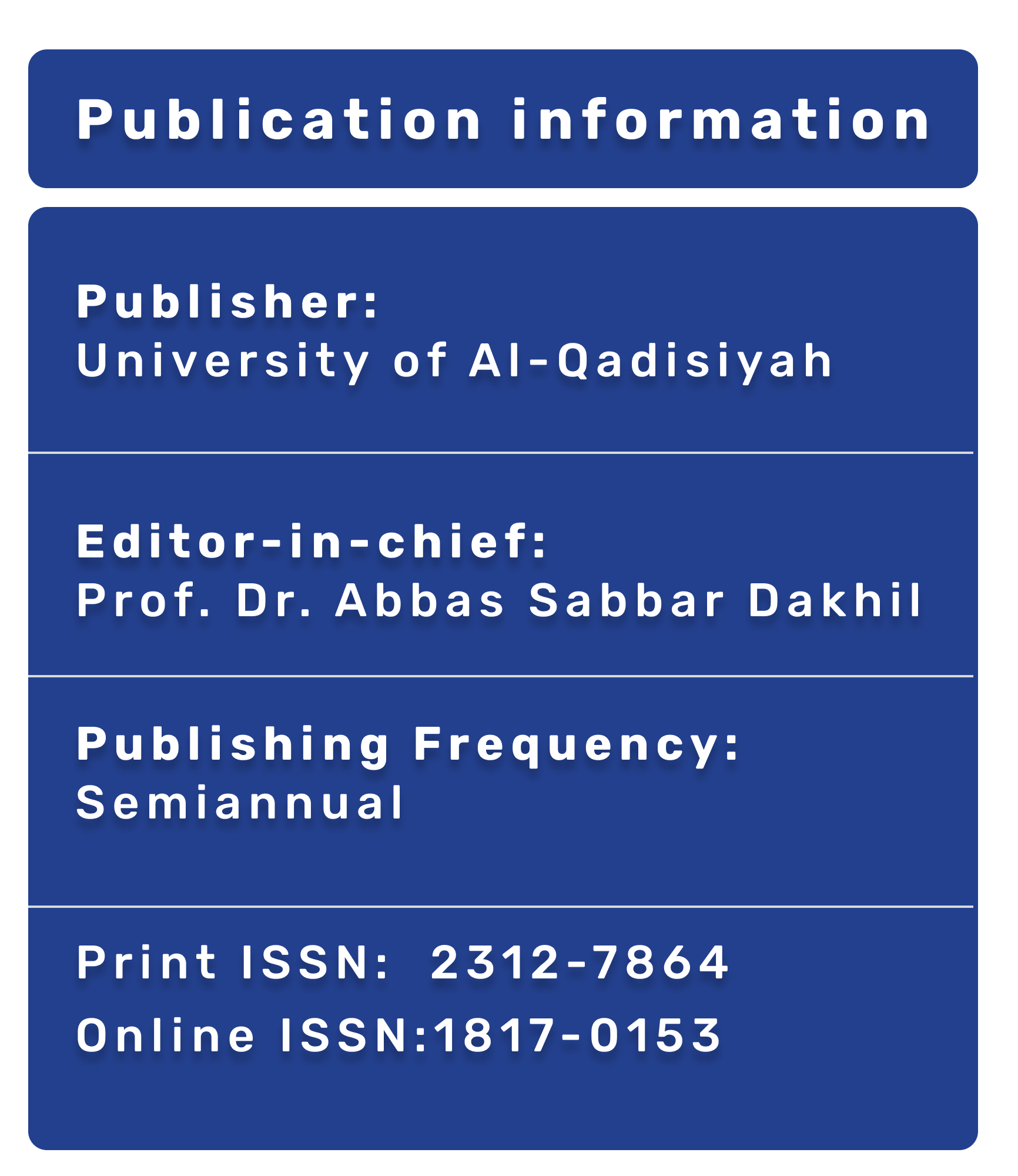Diagnosis of Klebssiella pneumonia Isolated from Clinical Cases of Hospital -Acquired Infection in Al-Dewaniyah Teaching Hospital.
DOI:
https://doi.org/10.28922/qmj.2019.15.1.52-60Keywords:
Hospital-acquired Infections, Klebseilla pneumonia, serotyping, clinical casesAbstract
Background: Hospitalized infections are major problem affecting millions of peoples each year . Klebsiella infections are caused mainly by Klebsiella pneumoniae, the medically most important species of an important nosocomial pathogen, most frequently causing various clinical manifestation Objective: To identify the role of Klebsiella pneumoniae isolates from different clinical cases in hospital –acquired infections .
Methods: During the period from March to September, 2018, a total of 110 clinical specimens were collected from patients with different nosocomial infections who were referred to Al-Diwaniya Teaching Hospital . Bacterial isolates were identified to the level of species using the traditional morphological and biochemical diagnostic tests. Multiplex PCR assay was performed to detection and genotyping Klebsiella pneumoniae based on capsular antigen (K) gene.
Results: Out of 110 of different specimens of patients with nosocomial infections, only 39 (35.4%) Klebsiella pneumoniae isolates were recovered. However, 47 specimens of sputum revealed 18 (16.36%) positive result; 37 urine specimens given 15 (13.36%) were positive for Klebsiella pneumoniae and 26 specimens of Burns and wounds gave 6 (5.45%) of K. pneumoniae, specimens. This study revealed that there was a predominance of K57, K1 and K2 serotypes in sputum, urine, burn and wound that isolated from patients with nosocomial infections.
Conclusion and Recommendation:The present study proved that K57 serotype was important virulence factor in the pathogenesis of K. pneumoniae in addition to predominant serotypes (K1 and K2) when compared with local serological studies.








